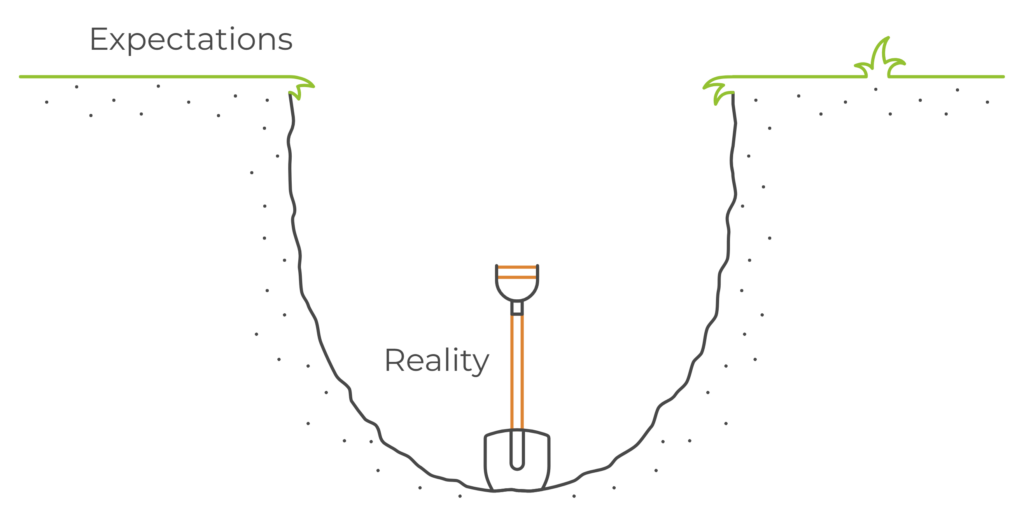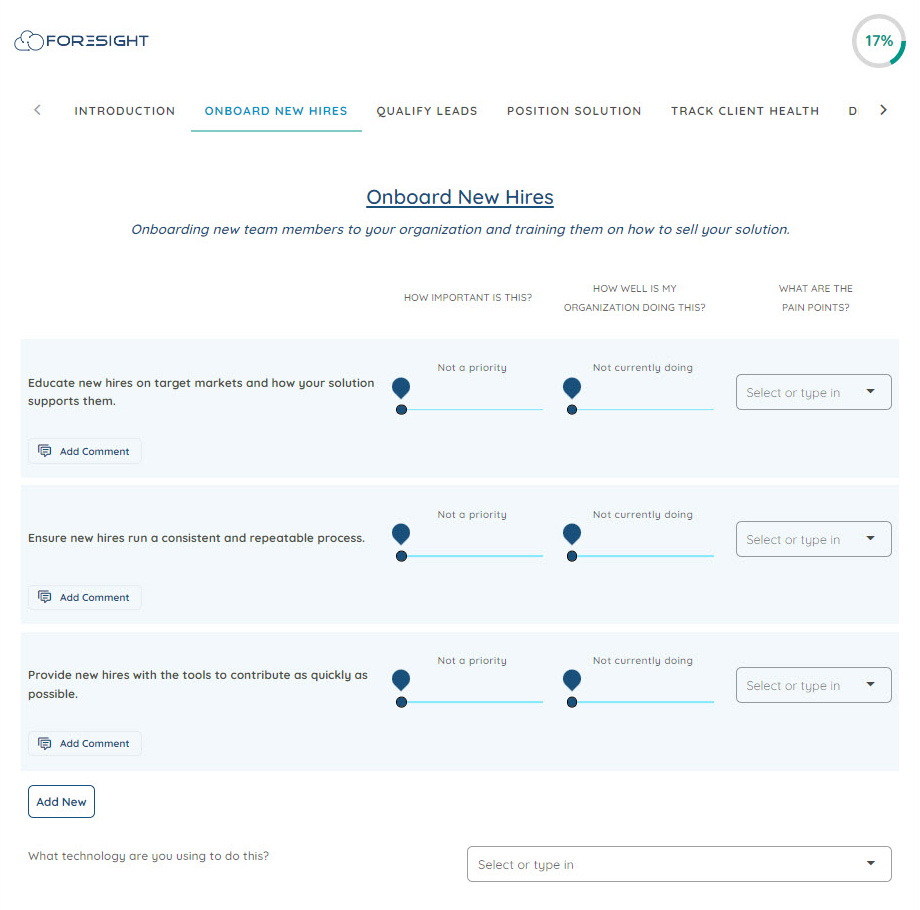By Sagar Shukla, Co-Founder, Foresight
Why Traditional Customer Success Metrics Are Leading to Churn
In today’s evolving post-sales landscape, Customer Success (CS) is at a crossroads. For the last decade, CS teams have measured their effectiveness using tools like NPS surveys, usage metrics, and success plans. But here’s the problem: these are internal metrics. They don’t align with what the customer truly cares about—their business outcomes and perceived value.
As vendors, we often focus on our own priorities. We’re busy measuring the things that make us feel like we’re delivering value—high NPS scores, good usage metrics, and frequent check-ins. But for the customer, none of that matters. Their focus is on one thing: is your product helping them achieve their business goals?
Here’s the hard truth: if there’s a disconnect between the vision sold during the sales process and the value the customer actually receives post-sale, that customer is already halfway out the door. They have 10-20 other options to choose from, and if your solution doesn’t close the value gap, they’ll find one that will.
What Is the Value Gap?
The value gap is the difference between the expectations set during the sales process and the value delivered after implementation. This gap is the main reason customers churn. It’s simple: if the customer doesn’t believe they’re receiving the promised value, they won’t renew, let alone expand.
So how do we solve this?

The Shift from Metrics to Meaningful Value
We need a radical shift in how we define and measure value. Today’s CS teams are chasing metrics that don’t correlate directly with retention or expansion. NPS, usage rates, and even customer sentiment are proxies for real value but not value itself.
Internal metrics are just that—internal, based on your own biased assumptions, an “inside-out” view of success. But value is external—it’s based on the customer’s perception, an “outside-in” approach. And remember, perception is reality. If the customer doesn’t perceive they’re receiving value, no amount of internal metrics will change that.
Here’s the kicker: revenue is a byproduct of value. The more value you deliver, the more revenue you’ll generate. If we continue to use internal metrics to gauge customer success, we’ll miss the mark—and miss out on revenue.
We can’t manage what we can’t measure, and we can’t measure what we haven’t defined.

A New Paradigm for Customer Success
The fundamental shift required is aligning on value from the very beginning of the customer journey—starting in pre-sales, carrying through onboarding, and being realized in post-sales. CS must become less about internal activities and more about delivering the business outcomes customers expect. Only then can we build a sustainable, value-driven relationship.
To survive and thrive in this new era, vendors must prioritize closing the value gap. The companies that do this well will turn customer success from a retention exercise into a true growth engine.


